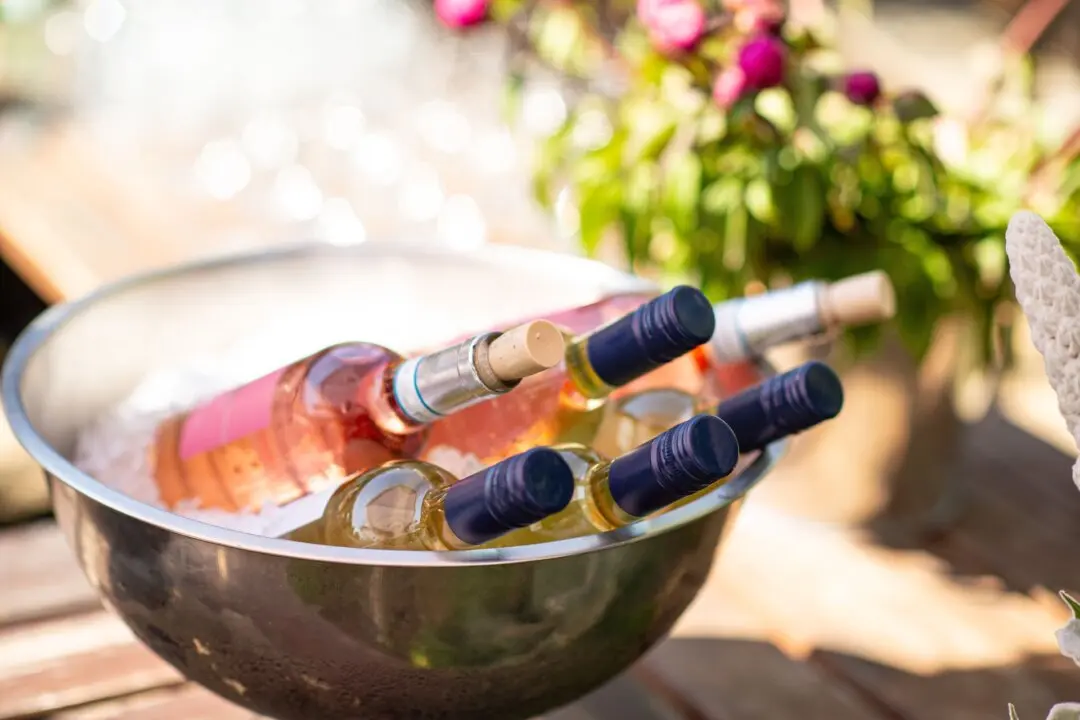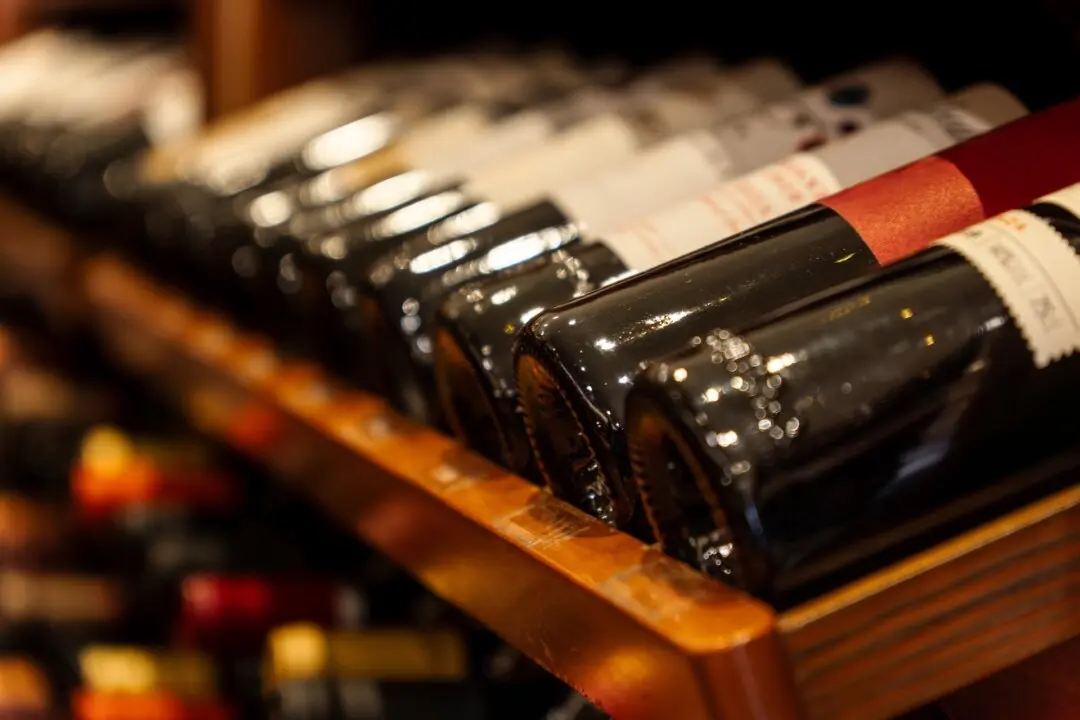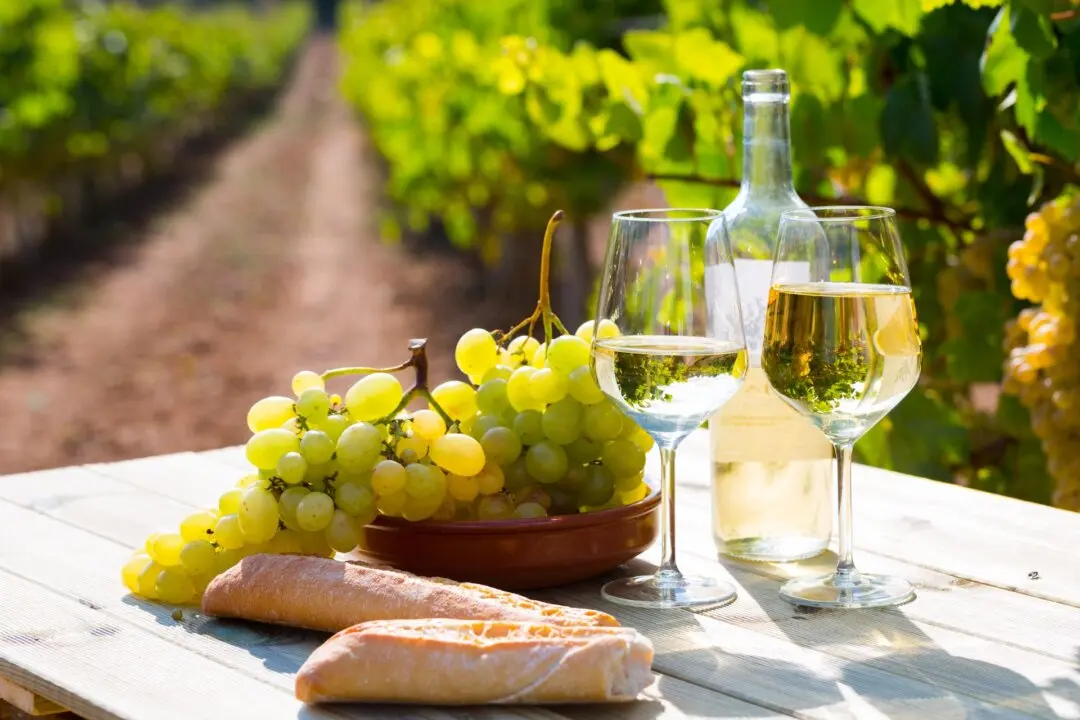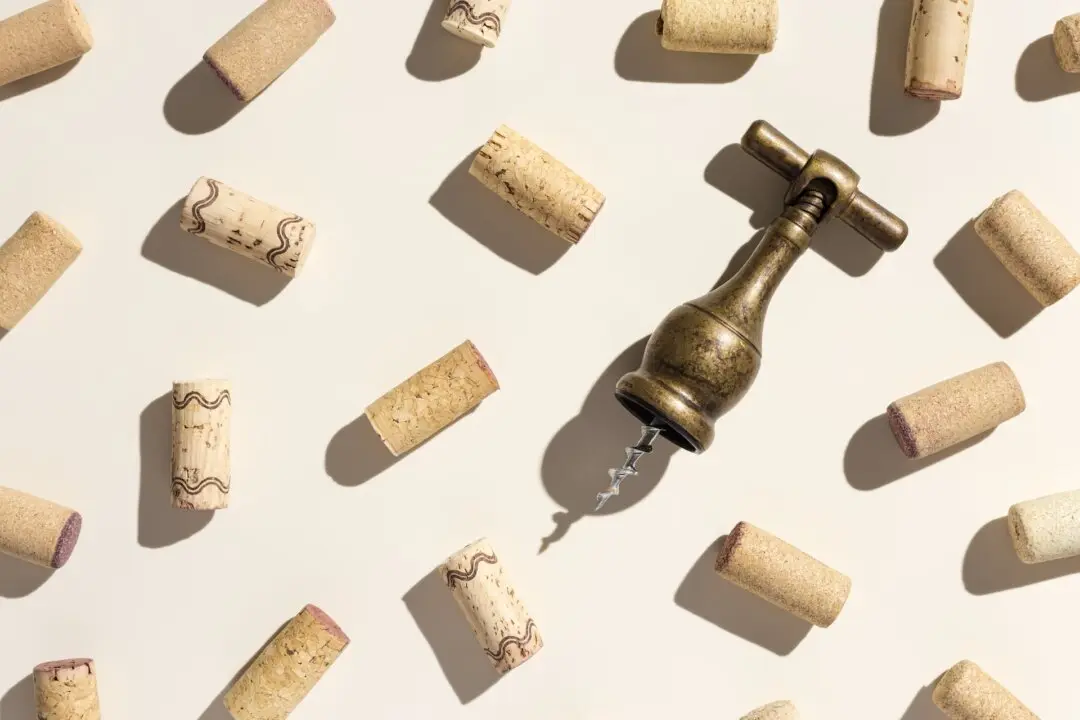One of the most enjoyable aspects of wine is enjoying it with friends who are like-minded. Wine can be daunting to newcomers, so I solved that problem long ago when I created a small gourmet group.
Newcomers to wine were welcome and soon were won over to wine’s finer aspects.





